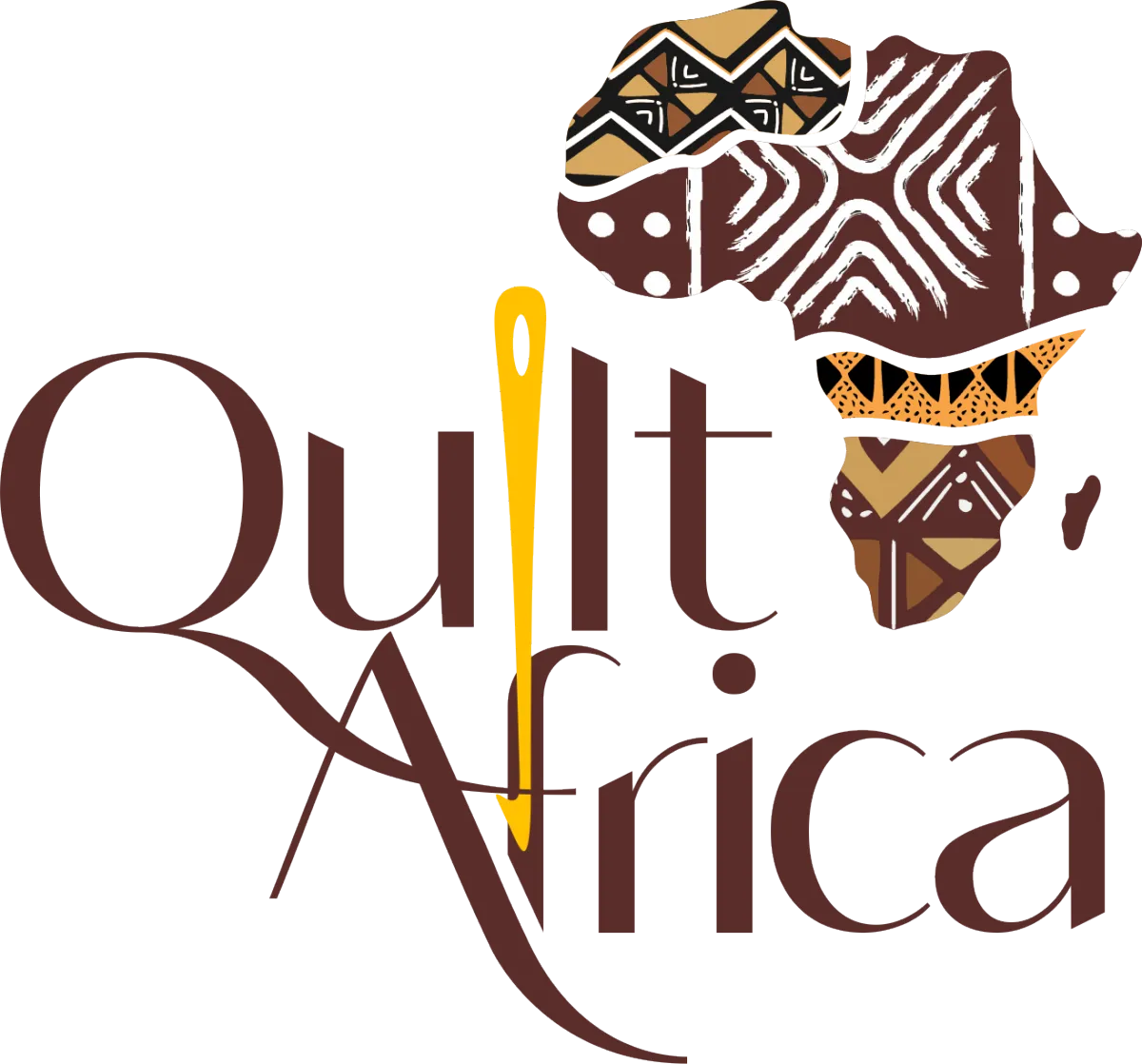Where African Fabrics Inspire Global Connections
Unlock Your Creativity: Discover the Soulful Art of Quilting with Vibrant African Fabrics.
At Quilt Africa Fabrics, we empower artists like you to transform beautiful textiles into personal legacies, connecting tradition with your unique artistic voice.
Explore our exquisite fabrics, enriching classes, and a warm global community designed for your joyful creative journey.
Your Gateway to Inspiration and Quilting With African Fabrics
Fabrics: Weave Your Story in Every Stitch

Step into a world of vibrant color and rich heritage.
Our carefully sourced African fabrics, from classic Ankara to exquisite hand-batik Adire, are more than just cloth—they're the foundation for your next masterpiece.
Imagine the joy of seeing your creative vision bloom, infused with patterns that tell a story of beauty, culture, and connection. Each piece invites you to create something truly unique, celebrating the heart of Africa in every quilt.
Video Classes: Learn, Create, and Connect
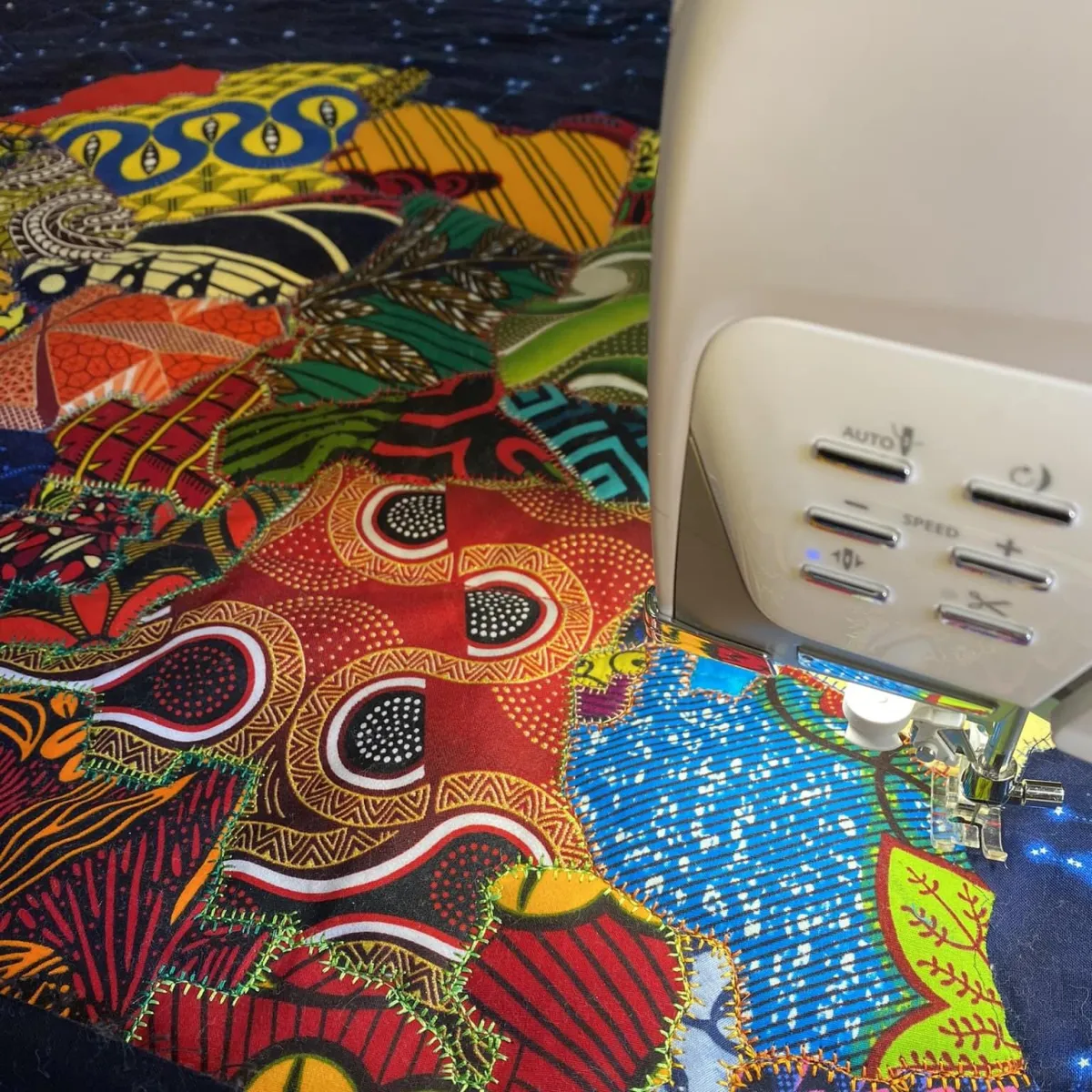
Ready to expand your quilting horizons?
Our engaging video tutorials are designed for you, no matter your experience. Led by passionate experts, you’ll master new techniques, unleash fresh ideas, and bring your most imaginative quilt projects to life.
Learn at your own pace, from the comfort of your home, and discover the pure joy of creating something beautiful with your hands.
Events & Workshops: Gather, Share, and Grow

Ready to be inspired and elevate your quilting artistry?
Come join a vibrant community of fellow quilters at our inspiring events and hands-on workshops.
From the immersive experience of our annual International Summit, connecting you with a global network of textile artists, to intimate, specialized technique sessions, you'll discover endless opportunities.
Learn directly from seasoned experts, showcase your cherished creations, and forge meaningful connections with kindred spirits who understand your deep appreciation for African textiles.
This is where your skills grow, your creativity flourishes, and your passion finds its true home – it's a vibrant celebration of shared artistry.
Community: Your Creative Home Awaits
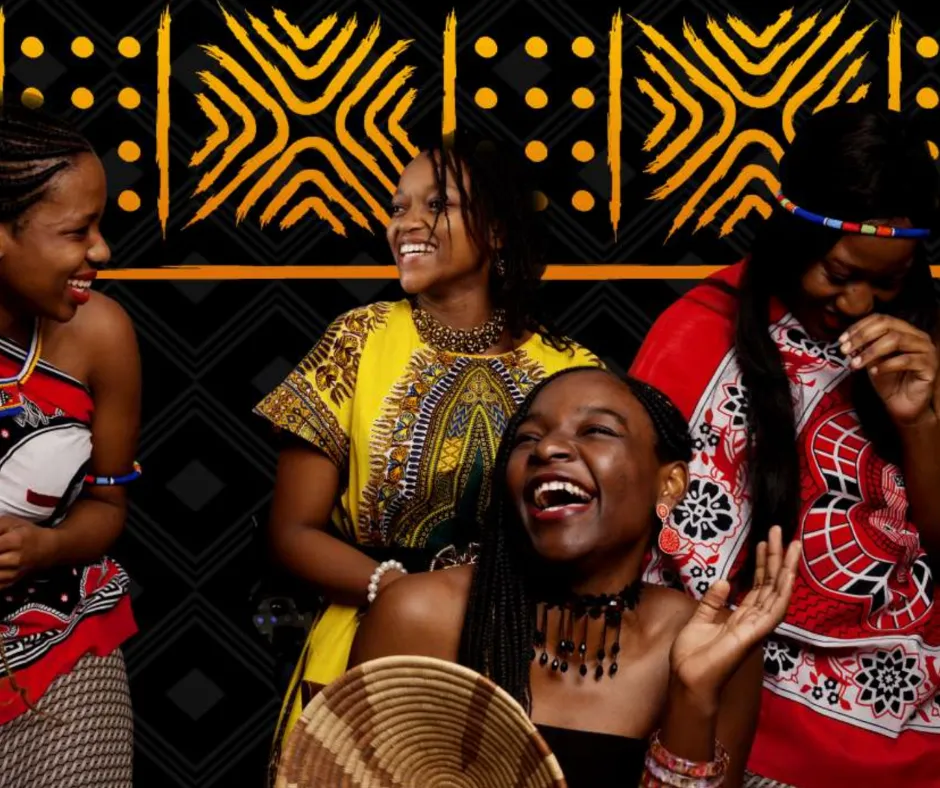
Ready to enrich your quilting journey with genuine connection and endless inspiration?
Join the Quilt Africa Tribe – a warm, welcoming global family of textile artists devoted to the art of quilting and the vibrant world of African textiles.
Within this supportive community, you'll find the encouragement you need to explore new techniques, push your creative boundaries, and share your unique artistic voice.
Ask questions, showcase your cherished projects, and celebrate every triumph, big or small, with fellow enthusiasts who understand the quiet joy and dedication behind each stitch. This is your personal space to connect, learn from diverse perspectives, and truly belong among kindred spirits.




Video Gallery: Watch The Quilt Africa Community Highlights
Quilt Africa: Beyond the Fabric
Our Best-Selling Collections
Explore our most loved collections and see the
endless possibilities these exquisite fabrics offer.
Precut Mystery Bundles
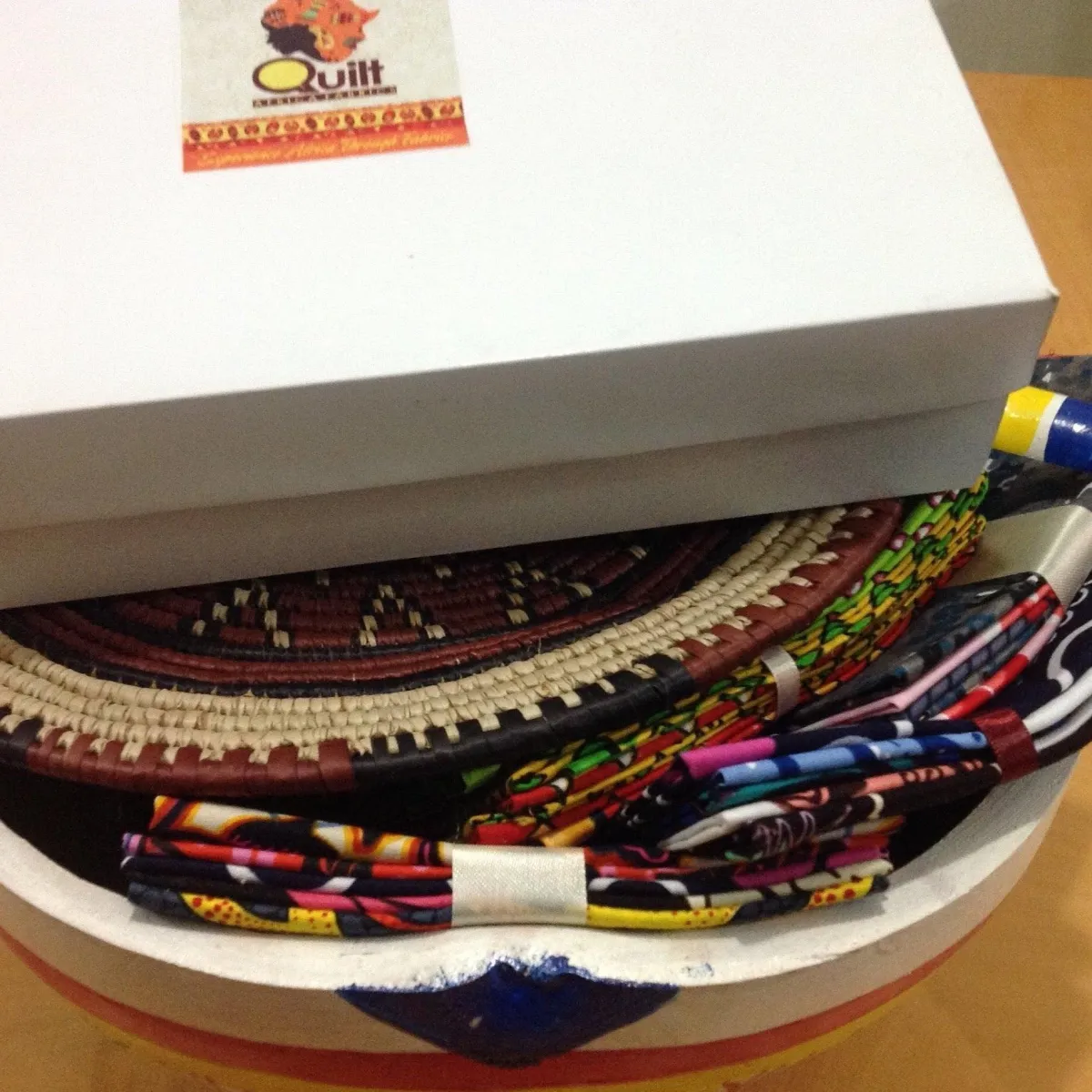
Uncover curated collections of African fabrics, making your next project a delightful surprise.
Perfect for effortless color coordination.
African Names Bundles

Discover bundles thoughtfully named after traditional African names, weaving cultural significance into your quilting projects
Patterns & Kits
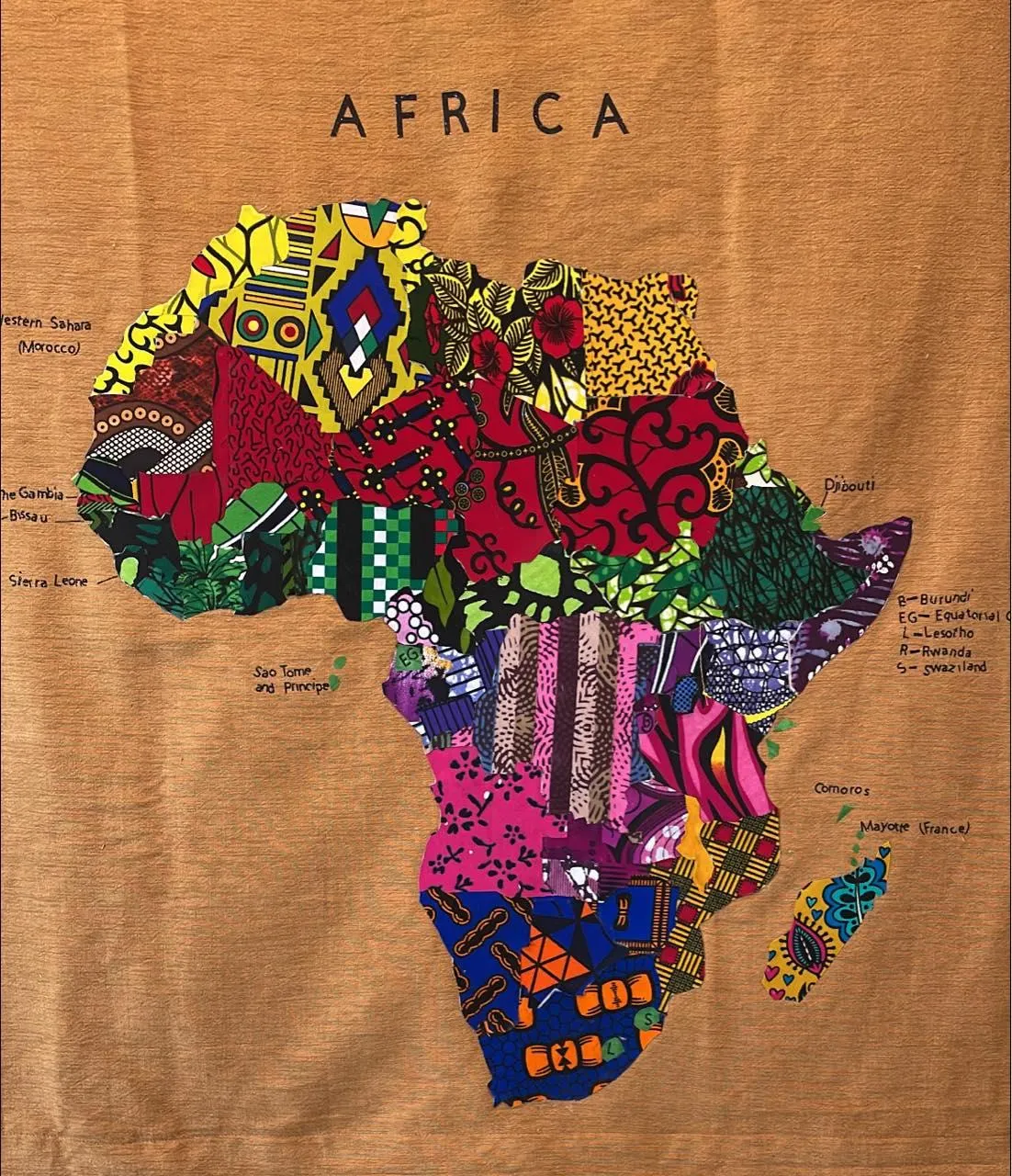
Map Made By Samara Bradley
Immerse yourself in African-inspired quilting with our expertly designed patterns and kits, complete with everything you need to create stunning quilts
Meet Miriam: Our Founder's Story
My journey with Quilt Africa Fabrics began not just from a love of textiles, but from a profound appreciation for the rich cultural narratives woven into every thread of African fabric.
As the visionary behind Quilt Africa Fabrics, I saw a unique opportunity to bridge the vibrant artistry of Africa with the global quilting community.
What started as a passion to introduce these unique materials has blossomed into the premier destination for quilters seeking authenticity, inspiration, and unparalleled quality.
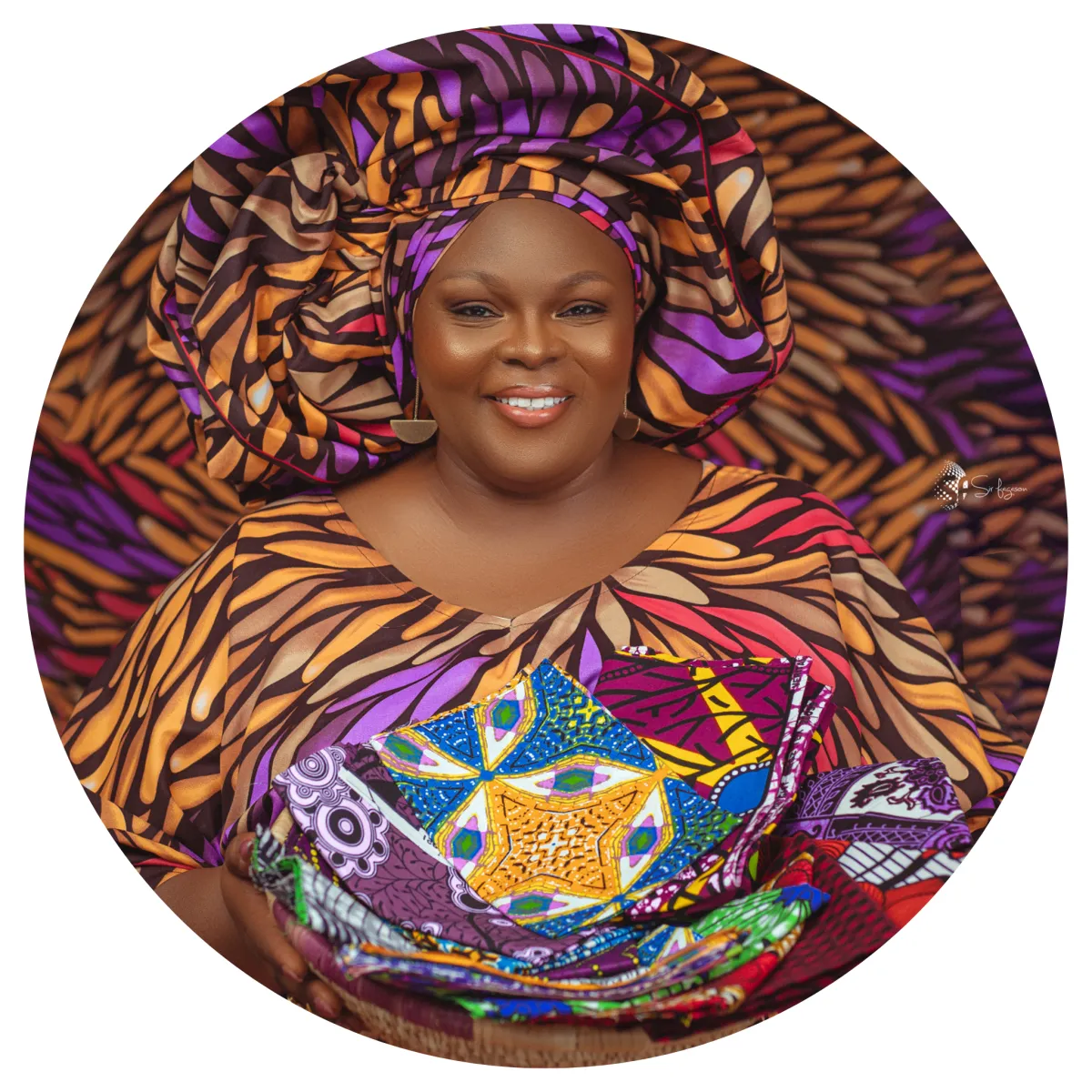
From Our Blog: Inspiration and Insights
Dive deeper into the art of quilting, explore the stories behind African textiles, and find fresh ideas for your next creative project.
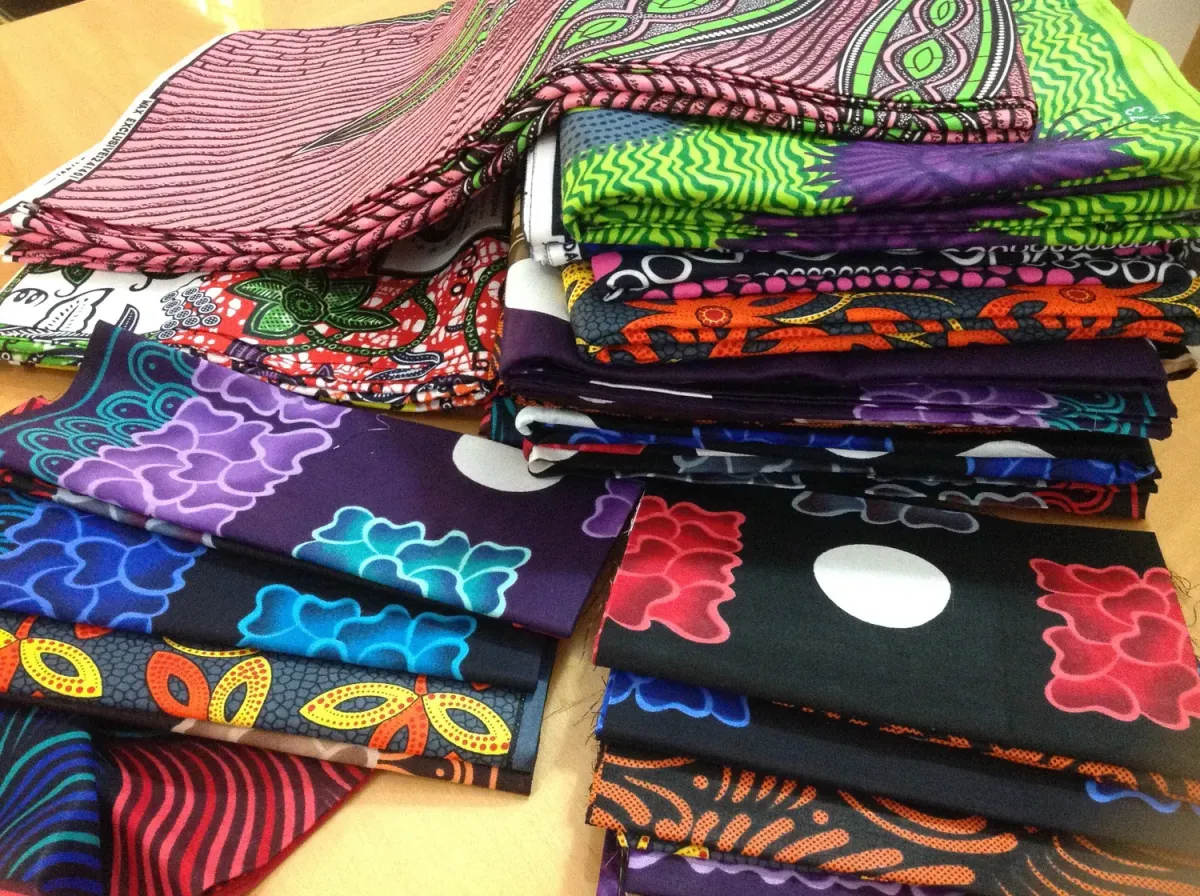
AFRICAN PRINT MILLS: THE STATE OF THINGS TODAY.
If you ever travel to the continent of Africa, you are likely to experience a visit to an African fabric market. Africa is one of the world’s largest markets for textiles. The reasons are not surprising—Africa is a land of patterns and symbols, and
these prints bare patterns and symbols that the African people can relate with. African fabrics have become popular among Africa’s socialites. Every weekend in Nigeria, people host parties that have become known as owambes. No
owambe is complete without people donning Ankara and other prints for the occasion.
However, despite this large market that the continent creates for the textile and fabrics industry, the manufacturing of these textiles and fabrics is very low, if not non-existent. Presently, most of the functioning print mills in Africa are owned by foreign manufacturers and the largest part of the fabrics in Africa are imported from China, placing China as the largest manufacturer of textiles and fabrics. Africa, on the other hand, is at an economic disadvantage because of this.
However, despite this large market that the continent creates for the textile and fabrics industry, the manufacturing of these textiles and fabrics is very low, if not non-existent. Presently, most of the functioning print mills in Africa are owned
by foreign manufacturers and the largest part of the fabrics in Africa are imported from China, placing China as the largest manufacturer of textiles and fabrics. Africa, on the other hand, is at an economic disadvantage because of this.
The question that haunts us is, despite the large market potential that Africa has, why does it still rely heavily on importation and multinational manufacturers for its textiles?
The Chinese domination of Africa's textile market has not always been the case. There was a time when Africa had a booming textile industry. Its decline, however, is based on some factors. Let’s take the Nigeria textile industry as a case
study. The Kaduna Textile Mill was the first modern textile industry in Nigeria. It started production in 1956.
The initial reason for setting up the mill was to process the abundant cotton produced in northern Nigeria. It was a success at the
start, the 70s to 90s being the golden period of Nigeria’s textile industry. In 1987, there were 37 textile firms in the country,operating 716,000 spindles and 17,541 looms. Between 1985 and 1991, the industry recorded an annual growth of 67%,
employing about 25% of the Nigerian labour population. Today, though, the industry is living in the shadow of its formerself.
What happened to this once booming industry? One of the things that accounts for Nigeria’s — and by extension, Africa’s — woes in the textile industry, is the WTO’s Agreement on Textiles and Clothing (ATC) of 1995. The ATC came into effect in 2005 after the expiration of the Multifiber Agreement (MFA). Before the expiration of the MFA, the United States adopted the African Growth and Opportunity Act (AGOA). This initiative opened up the American market to Africa
products, textiles taking the lion's share. AGOA offered African exporters of textiles to the U.S. market duty-free access which was a great leverage over non-eligible members such as Asian countries, thereby reducing the cost of production
which gave the U.S. market a better option for African textile products. This led to the growth of Africa's textile industry.
With the ATC coming into effect in 2005, it lifted the protection the MFA gave African countries through the quota system, opening up the textile market to other countries like China. Chinese exports both in Africa and America increased rapidly
and eventually became a stronger competition than African companies could handle. This led to the decline of textile industries in Nigeria and Africa as a whole. Along with this, the African textile industry also suffers from the hydra-headed
monster of government mismanagement, lack of enabling infrastructures like power supply, limited access to funds and poor production standards which make the few functioning local textile mills under-produce and unable to compete in a
global market. What this means is that China and other multinationals now dominate the African market.
In Nigeria, there have been many talks of government intervention to revive the local textile industry. But despite all the talks and promises, it remains a dream in the wind. As of today, Nigeria and Africa as a whole import about 85% of their
textiles from Asia.
The African fabric market is filled with hundreds of these imported fabrics which are loved by Africans and used to make clothing and other household items. At Quilt Africa, we select and share these beautiful African textiles which express the beauty of our people and distinct pride of the African continent. It is our hope that Africa might reclaim its position of dominance in the textile industry one day in the near future.
A special thank you to Sabi Writers for their contributing research for this article.
Explore African fabrics with Quilt Africa Fabrics, where each textile is hand-selected for its cultural richness and unique beauty.
From bold prints to intricate patterns, discover the perfect way to express your creativity with African fabrics.
© Quilt Africa 2025
All Rights Reserved
